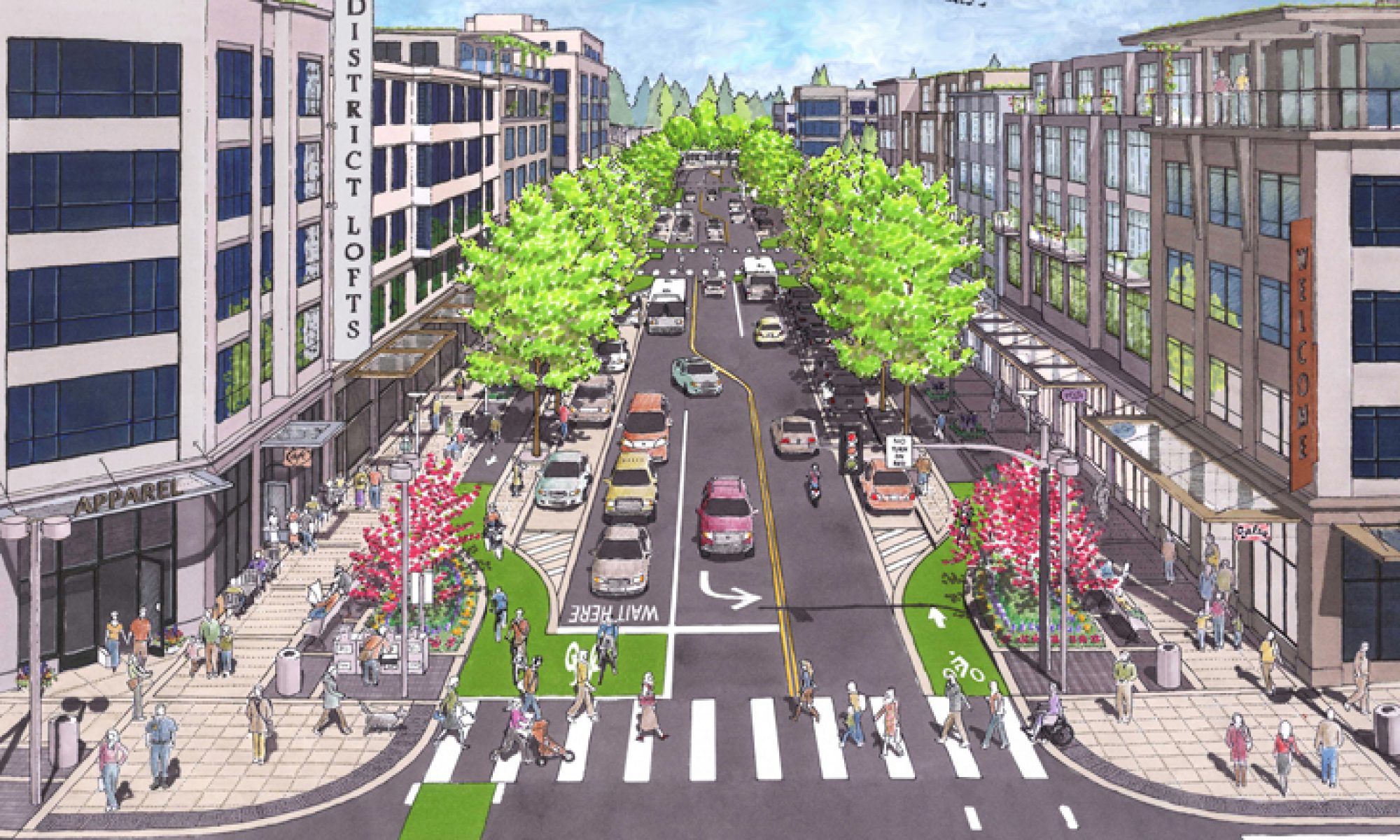Hello readers,
Here’s wishing you all a healthy and happy holiday season and new year.
Feel free to scroll to the bottom to watch the BEST Christmas commercial EVER. We need to stay strong for every reason, and active living is the best way to do it.
🚲 🚶❤️🎄
But I do hope you’ll read through…!
The MUTCD has finally been updated after more than 100,000 suggestions for revisions from experts and advocates across the nation.
However moderate the changes may have been, it’s a better update than it would have been if people hadn’t spoken up.
Many people have no idea that this outmoded document has been responsible for the engineering of US streets and roads for decades, optimizing motor vehicle speeds, and leading to injuries and deaths of nearly 45,000 people each year, both inside and outside of vehicles.
“On Tuesday, the Federal Highway Administration finally published the 11th edition of what’s come to be known as the “notorious MUTCD,” marking the first time since 2009 that the agency has updated its official guidance on how to safely utilize the signs, signals and markings that annotate U.S. roads. In the intervening years, U.S. road deaths have shot up 26 percent, with pedestrians and fatalities skyrocketing 82 percent over the same period.”
The most important thing is that advocates demand that our local leadership deliver good street design.
If we don’t speak up, it won’t happen.

Baby Boomers are rapidly increasing in our population, and the belief is that as we age we’ll need more healthcare, more facilities for elderly, and more nurses and health aides. This may all be true, but it doesn’t have to be. It’s an industry like any other and we don’t have to be enriching it at the expense of our own health as we age.
We should build cities for the elderly.
To improve quality of life for the aging isn’t just about care that keeps them alive. It’s not just about length of life, but quality of life.
We need social settings that keep us all connected, active, and vital. People need to be able to move about their cities and towns – “active mobility”. It’s no secret that we can stay healthy and strong mentally and physically with regular daily exercise, and walking and biking are the easiest way to do it.
American city leaders should step up and design safe infrastructure, and public spaces to keep us all aging well.

Older people have the most to gain from equitable mobility options. And if cities ae designed for ages “8-80” they’re designed for everyone.
An aging population needs walkable, bikeable cities.
City leaders, and engineers, and planners incorrectly believe that elderly are more dependent on driving, assuming that they are losing physical ability to bike or walk longer distances. WRONG. Older people way too often resort to driving because they’ve been relegated to live in facilities like assisted living, or senior housing, which are inconveniently located away from services or businesses.
We all typically lose our ability to drive long before we lose the ability to walk.
“Only 60 percent of the American population can drive. Our automobile environments disenfranchise and endanger those who are physically unable or too young to drive, or too poor to own a car. The total number of non drivers is expected to increase dramatically as Baby Boomers age.”
Older Americans pedal for fun, health, transportation and to enjoy a stronger sense of community.
FACT: people can often ride a bike long into later years, even more easily than they can walk.
And here’s another benefit of bicycling for elderly: Gift article NYTimes: Cycling can make walking more efficient.
We need to design city streets for active, equitable transport for all people outside of cars, especially the elderly.

Let’s all make a commitment to speak up in 2024 to bring about change in our own city of Asbury Park, to prioritize people, and end driving culture.
Stay strong for every reason.
Watch: The BEST Christmas commercial.
Let me know if you think so too. ❤️
Onward~
Polli Schildge, Editor apcompletestreets.org







